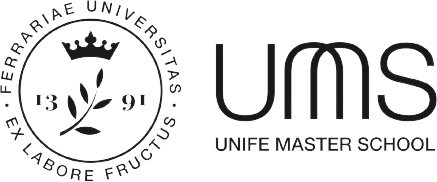Goals and objectives
The main training objectives are:
a) knowing the surgical anatomy and the different anatomical landmarks in minimally invasive surgery
b) knowing the instrumentation in minimally invasive surgery, its evolution and the different robotic surgery platforms
c) knowing the minimally invasive procedures for the surgical treatment of esophago-gastric, colorectal, and hepato-biliary-pancreatic oncological pathologies
d) knowing the applications of minimally invasive procedures in emergency surgery
e) knowing the clinical indications and contraindications of the different minimally invasive techniques in general surgery
f) knowing the national and international guidelines for digestive oncological surgery
g) knowing the management of complications related to minimally invasive surgical procedures
h) knowing the pre- and post-operative protocols for patients candidates for minimally invasive surgery
i) evaluate and analyze the scientific literature in the field of minimally invasive and robotic surgery (biostatistical aspects and evaluation of biases)
j) know the technological evolutions and organizational aspects of a minimally invasive surgery program
k) evaluate aspects related to training, learning curve, and ethical-legislative issues.
